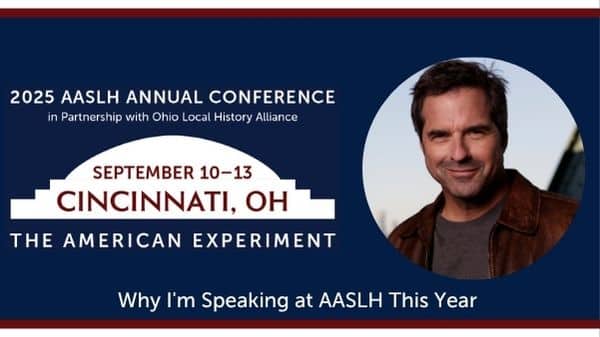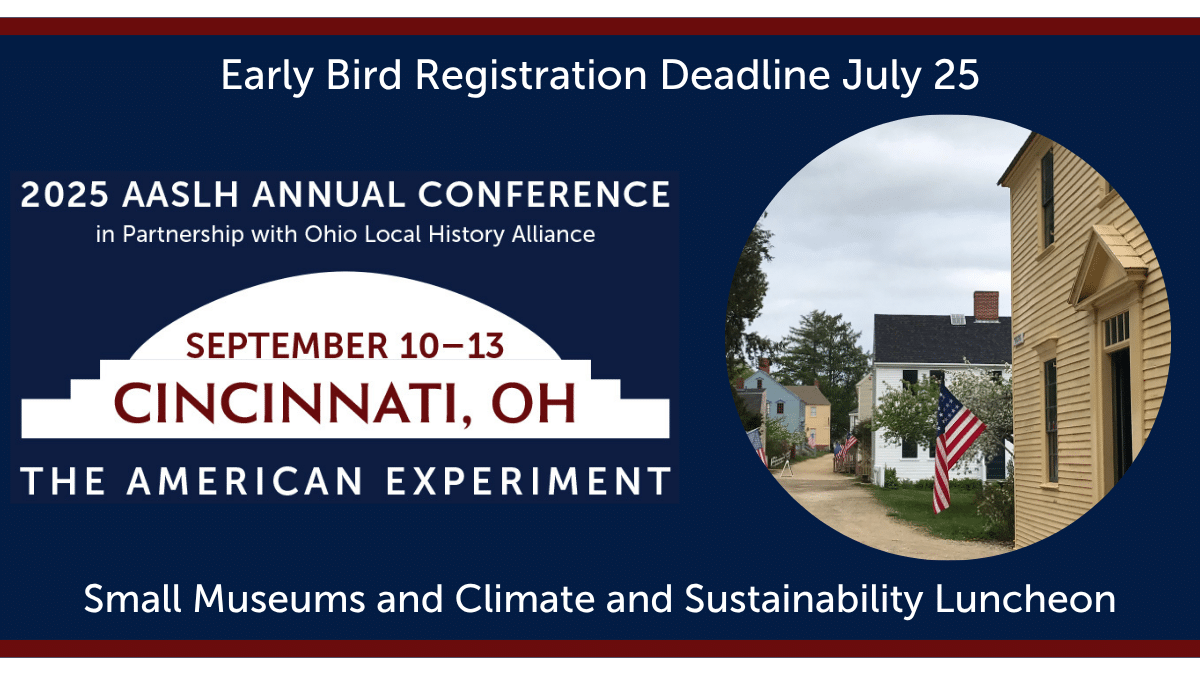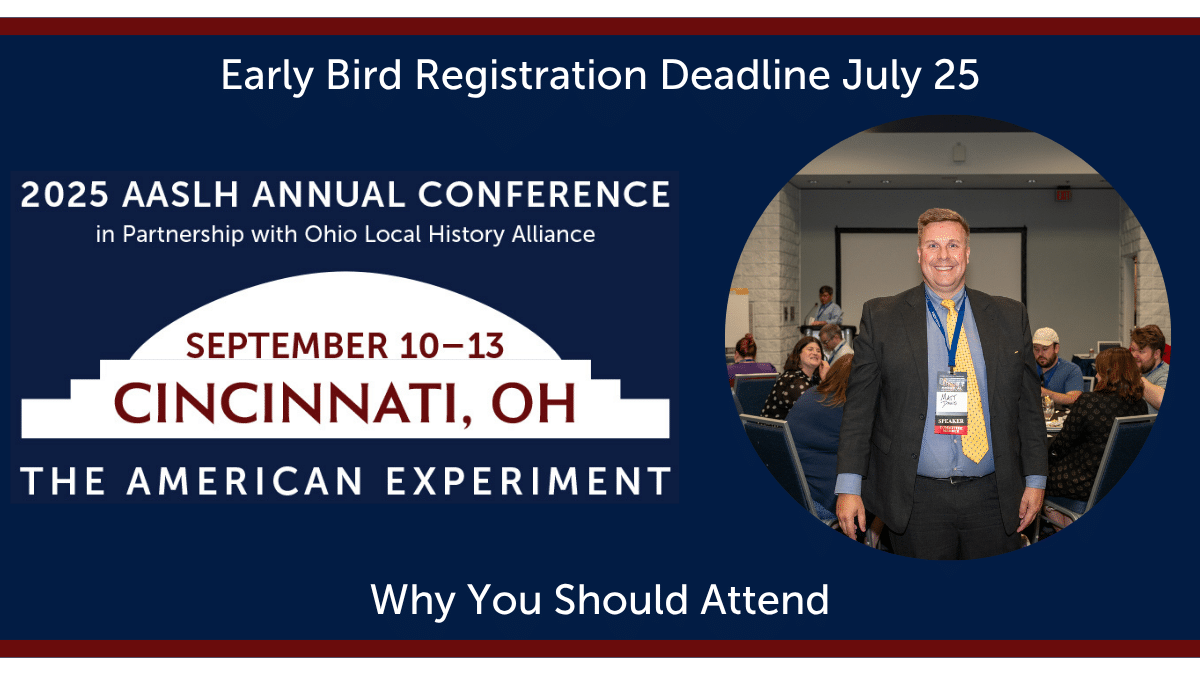
By John Dichtl, AASLH President and CEO
TIME Magazine’s Olivia Waxman recently published an article discussing the impact the COVID-19 pandemic has had on the nation’s small history museums, including comments from AASLH President and CEO John Dichtl. In the post below, Dichtl offers additional thoughts about the challenges history organizations are confronting and what’s at stake if we lose them.
Across the country, monuments are coming down. Protests of police brutality and systemic racism have rapidly transformed the nation’s commemorative landscape and led to a public reckoning with the past. As the country approaches its 250th anniversary, recent events have made clear that historical organizations like museums and historic sites must play a central role in helping the nation confront its history and do the difficult work of addressing racial injustice.
Despite Americans’ urgent need to forthrightly engage with the past, however, many history institutions are on the brink of collapse. Struggling to reopen after months of closure, historical organizations find themselves confronting mounting financial challenges and an increasingly uncertain future.
If they do not receive help soon, the ability of our communities and our country to preserve, interpret, and share its history will be forever diminished.
Coronavirus closures and the accompanying financial collapse have placed history institutions under dire financial strain. Most of the country’s roughly 25,000 history organizations are small, with more than half operating with annual budgets of less than $250,000 a year—and about a quarter on less than $50,000 per year—many with an all-volunteer staff. Most organizations are private nonprofits that receive no government funds. Even many public agencies—such as the North Carolina Department of Natural and Cultural Resources, with its seven museums and twenty-seven historic sites, thirty-nine state parks, state library, and state archives—are not fully funded by government appropriation and have to generate for themselves a substantial portion of their operating revenue. Stay at home orders and other restrictions around the country have forced historical societies, museums, and others to miss out on ticket sales, memberships, donations, rentals, sponsorships, and other traditional sources of revenue, causing a budgetary catastrophe at many institutions.
As a result, thousands of employees have been laid off or furloughed over the last four months. Just last month, the Minnesota Historical Society—with headquarters near the epicenter of the current wave of unrest—was forced to lay off nearly a third of its staff. As many as 90 percent of museums worldwide closed during the height of the pandemic and only a few are now beginning the process of reopening. The International Council of Museums has predicted 1 in 8 museums currently closed may never reopen. Earlier this spring, the American Alliance of Museums predicted it could be as many as 1 in 3.
Moving forward, the financial picture for historical organizations is likely to become even more grim. Public investment in cultural institutions and the humanities may decline farther than it already has in recent years as cities, counties, and states impose new spending cuts. At the federal level, the CARES Act and other bills allocated nowhere near the $3 billion in relief funds for which the museum sector advocated. The modest funding they did provide—primarily through $75 million for the National Endowment for the Humanities and $50 million for the Institute of Museum and Library Services—still came under intense public scrutiny, despite the museum sector’s critical role as an economic engine.
At a moment of intense engagement with history, too many institutions have been diverted from their missions as they struggle to survive. Without substantial assistance, many museums, historical societies, preservation organizations, and other institutions will likely close forever.
Communities across the country will be left without anchor institutions that provide context for contemporary challenges and help build a collective sense of historical understanding.
The American Alliance of Museums is currently advocating for $6 billion in dedicated funding for museums to provide general operating support and other critical relief. The National Humanities Alliance and Federation for State Humanities Councils has called for an additional $500 million in support for NEH to help cultural institutions survive the pandemic. The nation’s historical organizations need help from members of the public to advocate for the importance of their local history institutions and to do what they can to support them.
The fate of historical organizations may seem trivial as the human and financial toll of the virus continues to mount, but right now history is essential. Historical organizations across the country are well-suited to serve public audiences in profound ways in our current moment, even as they address their own role in maintaining systems of privilege. As we near the nation’s 250th anniversary in 2026, history institutions can help Americans come to a more critical, more inclusive, and more widely shared understanding of our history.
The past belongs to everyone. We must act now to ensure that history has a future.



